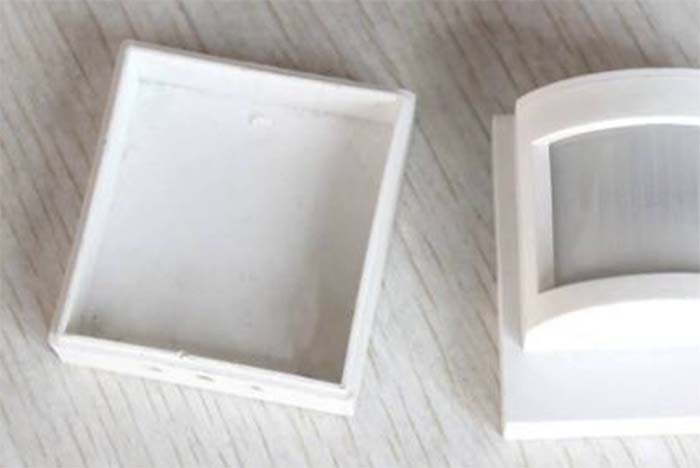This article discusses how to reduce the irregular flow of plastic melting in the injection mold cavity.

What is the flow of plastic melting in the mold cavity?
When the melt is injected into the mold cavity, it first forms a thin case on the injection mold cavity wall. When the subsequent melt squeezes this case during the mold-filling process, it will cause the melt to break.
Once the very thin case is torn or shifted, the surface of the molded part is rubbed or wrinkled.
For example, in the melt index of small low-density polyethylene plastic parts, its surface path can often be seen alternating bright and dark stripes. Its production site is generally far from the gate and throughout the entire surface.
Especially thin-walled plastic parts are most likely to produce this type of failure, mainly due to the melt in the filling of a small melt cavity before the end of the larger pressure, resulting in melt rupture and the formation of surface defects.
Usually, slowing down the cooling rate of the melt in the mold filling process and the formation rate of the casing layer is the best way to eliminate this type of failure, which can be eliminated by appropriately increasing the mold temperature or raising the local temperature of the melt rupture site.
Local heating of the cavity surface can be achieved by using small tubular electric heaters installed near the sprue and at the melt breakage site.
Why has irregular pulse flow of plastic melting in the mold cavity?
The flow characteristics of plastic melting are related to its rheological properties and the gate area, which determines the shear rate of the melt at the mold entrance. When the gate size is small, and the injection rate is high, the melt is injected into the cavity as a fine, curved jet.
If the cooling rate of the melt is very fast, it will fuse poorly with the irregular flow of plastic melting of the subsequent mold filling, resulting in surface clouding and mottling near the gate.
Sometimes, small amounts of cold material can move along the surface of the cavity, causing surface clouding and mottling to occur farther away from the gate.
Usually, surface clouding and mottling are difficult to eliminate when injecting crystalline polymers.
Because the melting temperature of these resins is quite high, crystalline polymers have a fast curing rate and a narrow processing temperature range compared to non-crystalline polymers. The irregular flow of the melt at rapid changes in wall thickness and sudden changes in the flow direction of the melt has a shorter time to fuse with the rest of the flow of plastic melting in the injection mold cavity, making it easy to produce surface clouding and mottling.
How to reduce the irregular flow of plastic melting in the mold cavity?
For troubleshooting the irregular flow of plastic melting in the injection mold cavity, in the process operation, the temperature of the mold, barrel, and nozzle should be increased appropriately, and the forward speed of the screw during injection should be reduced.
In the in-mold operation, the gate size should be enlarged, preferably a fan-shaped gate. If a tunnel-type gate is used, the top size is too small, making the residual impurities at the gate affects the mold filling and aggravate the irregular flow of flowing material. The top size should be enlarged appropriately.
Besides the How to Reduce the Irregular Flow of Plastic Melting article, you may also be interested in the below.
